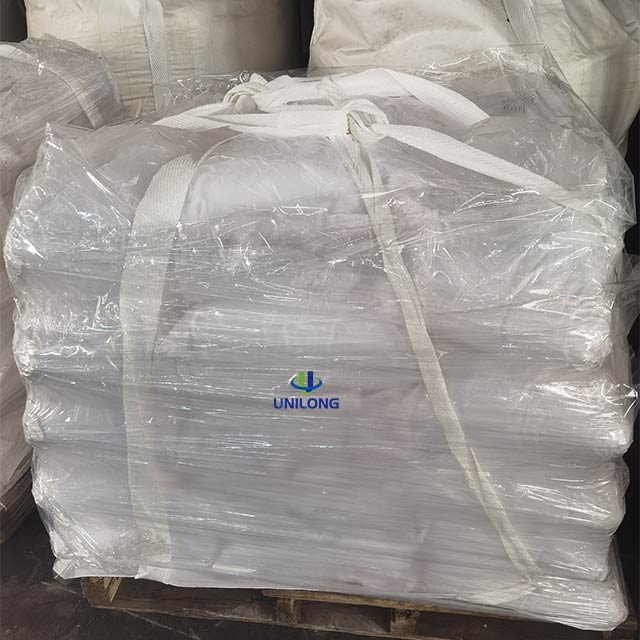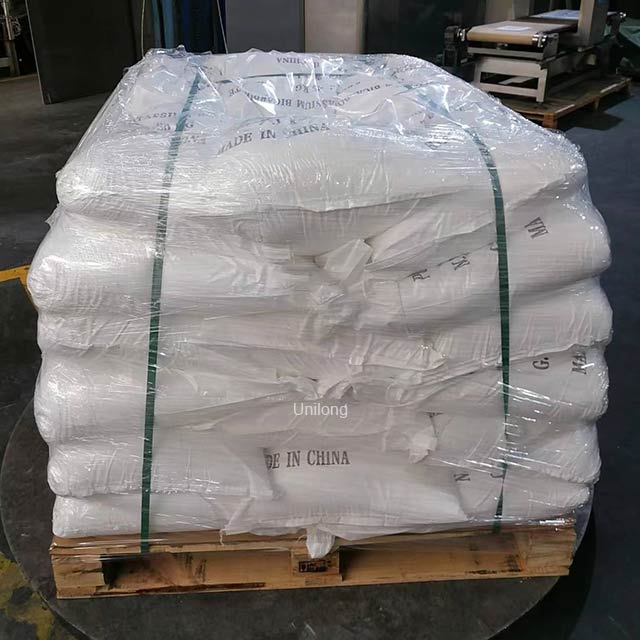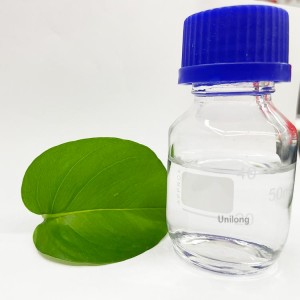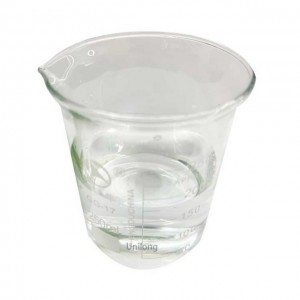Naphthalene CAS 91-20-3
Naphthalene is a colorless, shiny monoclinic crystal. It has a strong tarry smell. It is easy to sublime at room temperature. It is insoluble in water, but soluble in ether, ethanol, chloroform, carbon disulfide, benzene, etc. Naphthalene is the most important condensed ring hydrocarbon in industry. It is mainly used to produce phthalic anhydride, various naphthols, naphthylamines, etc. It is an intermediate for the production of synthetic resins, plasticizers, dyes, surfactants, synthetic fibers, coatings, pesticides, medicines, fragrances, rubber additives and insecticides.
| Appearance | Colorless single inclined crystal with luster |
| Purity | ≥99.0% |
| Crystallizing Point | 79.7-79.8°C |
| Melting Point | 79-83°C |
| Boiling Point | 217-221°C |
| Flash Point | 78-79°C |
1.Dye intermediates
Naphthalene plays a key role in dye production, especially as a dye intermediate. Industrial naphthalene is an important raw material for the manufacture of a variety of dyes and pigments, such as indigo dyes and yellow pigments. In addition, naphthalene can be converted into dye intermediates such as β-naphthol, which are further used in the production of dyes and pigments. Different countries have different allocations of naphthalene's uses, but dye intermediates always have a place.
2.Rubber additives
Naphthalene is mainly used as an additive in rubber processing. This use accounts for about 15% of the total use of naphthalene. Rubber additives play a key role in rubber production. They can improve the properties of rubber, such as enhancing its strength, ductility or weather resistance. As a rubber additive, naphthalene provides specific functions and characteristics to rubber products, making them more suitable for various application scenarios.
3. Insecticides
Naphthalene has certain applications in the field of insecticides. Although the use of naphthalene varies from country to country, insecticides account for about 6% of its uses. In particular, in some countries, such as the United States, the proportion used to produce insecticides is relatively large. In addition, anthracene is also used as an insecticide, coexisting with other uses such as luminescent materials and dyes. These applications show the importance of naphthalene and anthracene for pest control in agriculture and horticulture.
25kg/bag

Naphthalene CAS 91-20-3

Naphthalene CAS 91-20-3













